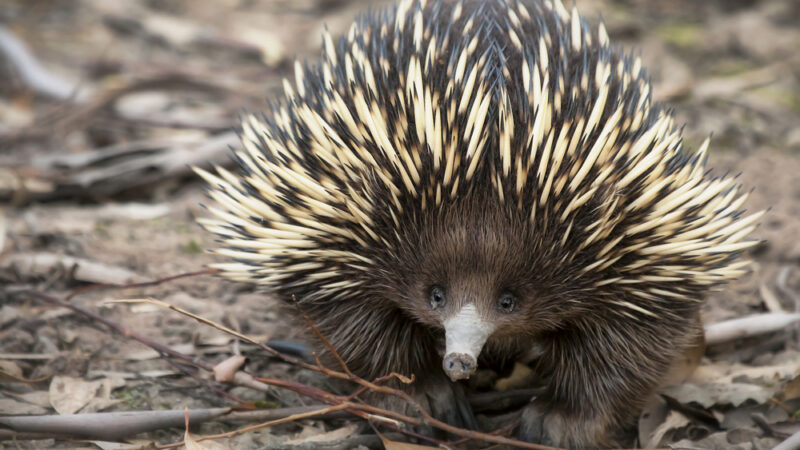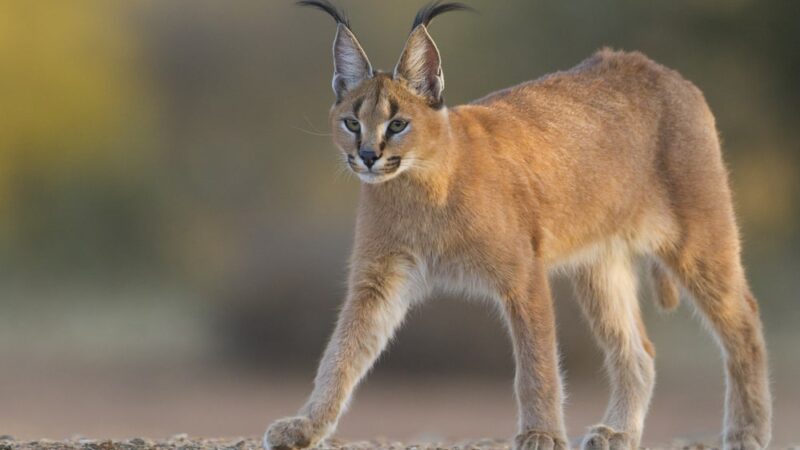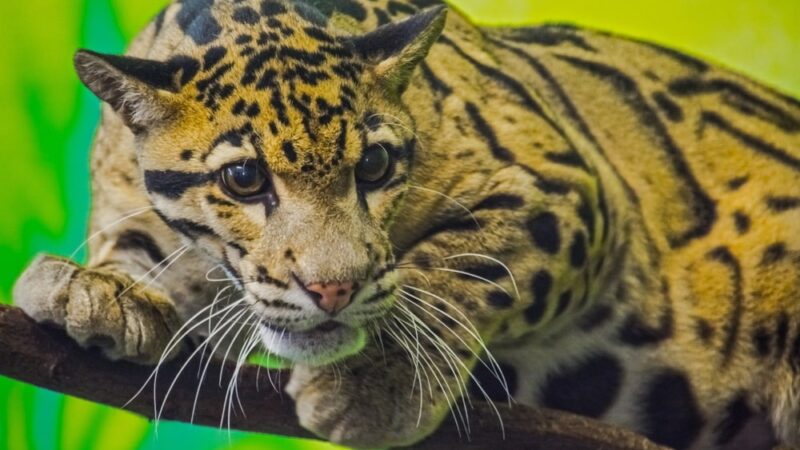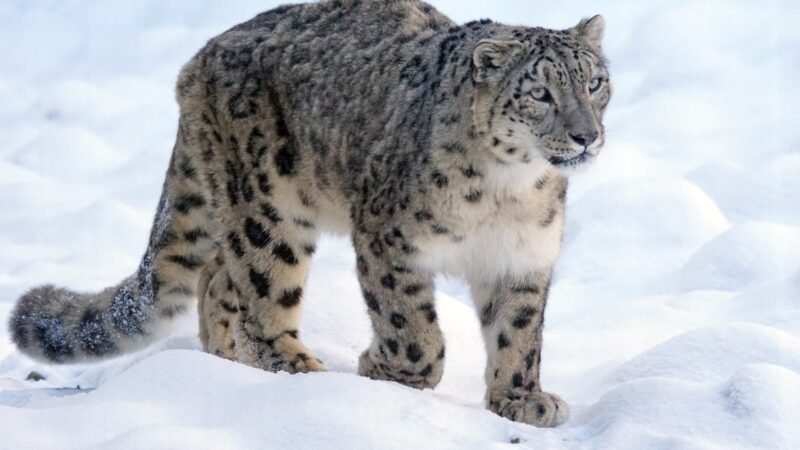Wolverine
Shelter for Animal | Wolverine | The story of David Vs Goliath teaches us that you should never count out the smaller guy. Well, in nature there is one animal that is David in size, but goliath in its aggressive behavior. We’re talking about the Wolverine of course! So, what happens when these wolverines meet bigger opponents like wolves or bears? That’s exactly the question we’re going to be answering in today’s video! So, without any further delay, let’s begin with a little background on the Wolverine.
Wolverine Behavior and Characteristics
The behavior of the wolverine is actually a fascinating study of survival, marked by a set of unique characteristics that make them truly intimidating when confronting opponents much larger in size. Fear, a powerful instinct that governs the actions of many animals, takes a back seat in the minds of wolverines. These small yet robust mammals exhibit a level of fearlessness that is unparalleled in the animal kingdom.
Wolverines are known to confront adversaries many times their size without a hint of hesitation. This extraordinary courage is deeply ingrained in their territorial instincts and the primal need to protect their valuable food sources. Wolverines fear nothing when it comes to defending their home ranges, facing down challenges with a tenacity that defies their compact stature. Another defining characteristic of wolverines that adds to their prowess is their exceptional agility.
Despite their stocky build, wolverines navigate through diverse terrains with unparalleled dexterity. From dense forests to steep mountains and snowy landscapes, these creatures move with speed. Their powerful limbs and nimble movements allow them to outmaneuver larger opponents, proving that agility can be a potent weapon in the wild. Wolverines leverage this agility not only for survival but also as a strategic advantage in confrontations with larger predators.
Complementing their fearlessness and agility are the wolverine’s powerful jaws, a formidable tool in their arsenal. This attribute becomes particularly crucial when facing larger opponents, as their powerful jaws enable them to deliver effective bites in confrontations. Wolverines do not possess the classic camouflage patterns seen in many species. The fur of a wolverine is typically dark brown, almost black, with a lighter, more silvery coloration on their face, throat, and chest.
This coloration provides them with a level of concealment in their natural habitats, which include dense forests, snowy landscapes, and rocky mountainous regions. The dark fur helps them blend in with shadows and vegetation, especially in the low-light conditions prevalent in northern latitudes. In the winter, wolverines’ fur becomes thicker, providing insulation in the cold climates they inhabit. The lighter coloration on their face and chest may offer some camouflage in snowy landscapes, helping them to blend in with the winter environment.
Wolverine size
The wolverine usually weighs between 17 and 40 pounds (7.7 – 18 kg), stands up to 1.5 feet (45 cm) tall, and is generally 33 to 44 inches long (83 – 111 cm). Encounters with wolves Wolverines often find themselves at odds with the pack mentality of wolves. While wolves are social predators, relying on coordinated efforts during hunts, wolverines are inherently solitary creatures, navigating vast landscapes in search of food and territory.
In the face of a wolf pack, a solo wolverine employs tactics that highlight its resourcefulness. The wolverine’s agility becomes a key asset, allowing it to navigate through challenging terrains with unparalleled speed and finesse. Additionally, the wolverine’s fearlessness comes into play, as it faces down the collective might of the wolves with a courage that belies its size. One notable tactic observed in these encounters is the wolverine’s ability to utilize its surroundings to its advantage.
Dense forests, rocky terrain, and snow-covered landscapes become arenas where the wolverine can employ evasive maneuvers, making it a formidable opponent even when faced with a group of larger adversaries. These documented cases not only showcase the wolverine’s ability to hold its ground but also provide a glimpse into the intricate strategies it employs to navigate the challenges presented by the social dynamics of wolf packs.
Wolverines Encounters
Encounters with bears Wolverines, small in comparison to their massive adversaries, approach encounters with bears with a mix of audacity, adaptability, and strategic prowess. Encounters between wolverines and bears highlight the stark size disparity between the two species. Bears, with their size and strength, present an imposing challenge for the comparatively miniature wolverines. One might assume that such confrontations would invariably favor the larger predator, but the wolverine’s tenacious attitude and resourcefulness come to the fore in these scenarios!
One of the primary challenges for wolverines when dealing with bears lies in the sheer physical mismatch. Wolverines, despite their compact and robust build, lack the raw power and size of bears. However, it’s precisely this difference that prompts the Wolverine to develop unique strategies to offset the disadvantage. Wolverines often leverage their agility as a key component in their approach to bear encounters. Unlike the more lumbering bears, wolverines are adept at navigating through challenging terrains.
Just like with the wolves, this agility becomes a critical asset as wolverines employ evasive maneuvers, utilizing their smaller size to dart around the larger bears. Another intriguing aspect of wolverine behavior in bear encounters is their opportunistic nature. Wolverines are known scavengers, and when facing off against bears, they may exhibit a level of audacity by scavenging from the bear’s kills. This behavior reflects the wolverine’s ability to exploit available resources in the environment, even if it means navigating the potentially perilous aftermath of a bear’s hunting success.
In addition to their swiftness and opportunism, wolverines display a level of vocalization and communication during bear encounters. They may emit growls, hisses, or other vocalizations to convey their presence and assert themselves in the face of these larger adversaries. While not always a direct confrontation, this vocal communication serves as a means for the Wolverine to establish boundaries and signal its readiness to defend its territory.
Wolverine vs Wolf vs Bear
The stage is set beneath the towering trees of a dense, coniferous forest. A bear, the embodiment of strength and power, lumbers into the scene. Overlooking the other contenders, the bear’s massive frame casts a shadow across the forest floor. This bear has been foraging for berries and roots, unaware that it’s about to face unexpected challenges. Then, from the shadows emerges a wolf, its sleek coat blending seamlessly with the surroundings.
This cunning predator has been silently tracking the bear, seizing the opportunity to exploit any weaknesses. Wolves, known for their pack mentality, thrive on coordination and strategy. However, in this scenario, the lone wolf is ready to test its prowess against a much larger adversary. Suddenly, a rustle in the underbrush announces the arrival of the smallest yet most audacious contender—the wolverine. With a fearless demeanor, the wolverine appears, its dark fur and agile movements making it a challenging target.
As the wolf eyes the bear and the wolverine assesses the situation, the tension in the forest rises. The bear, sensing the presence of potential challengers, rises onto its hind legs, emitting a low growl that reverberates through the trees. The wolf, undeterred, circles the perimeter, keen eyes fixed on the bear’s every move. The wolverine, however, weaves through the shadows, a calculated observer assessing the dynamics at play.
The battle begins when the wolf makes its move, darting in with calculated precision. It aims for the bear’s side, attempting to exploit any vulnerabilities in its massive form. The bear, however, reacts with astonishing speed, swiping at the wolf with a powerful paw. The wolf, relying on its agility, narrowly evades the bear’s strike, but the encounter leaves it wary of the formidable opponent. Seizing the distraction, the wolverine enters the fray.
With a burst of audacity, it charges toward the distracted wolf and bear, exhibiting a level of ferocity that belies its size. The wolverine’s powerful jaws clamp onto the bear’s hind leg, causing a momentary diversion in the larger predator’s focus. The wolf, recovering from its initial encounter, seizes the opportunity to deliver a swift bite to the bear’s other side.
The bear once again swipes away the wolf, and it’s sent reeling. Meanwhile, the wolverine has done some serious damage to the hind leg of the bear and because of this, the bear is forced to retreat, so that it can fight another day. As the forest echoes with the sounds of the scuffle, the wolverine is the only predator left unscathed. Though it may not have conquered its larger adversaries, its tenacity and audacity have left an indelible mark on the battleground.









